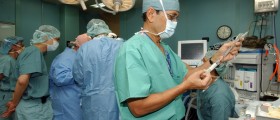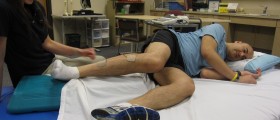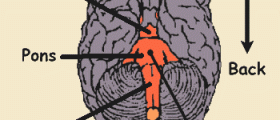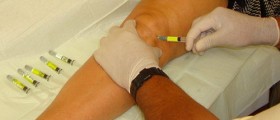Having chronic pain after an epidural injection is something that is not common, but it can happen. The reason for this would be due to the activation of the nociceptive pain response system, a response system that is responsible for chronic but dull pain that is poorly localized.
Injections are traumatic occurrences for our soft tissue and it is possible for patients to notice pain even days after receiving injection at the site the needle penetrated the skin. Some theories believe that this is a psychological response where patients are reliving the traumatic episode again and "generating" the pain response again when they think of the memory. There is some merit to this theory because patients that feel chronic pain are less likely to complain about their symptoms if they are preoccupied with other activities. When you are not thinking about these injections, patients will be able to go for long periods of time without a recurrence of pain sensation.

Another possible explanation for chronic pain in these sites would be because of micro-traumas to the surrounding soft tissue from an injection. When physicians give an injection, there is a natural responses for patients to tense up before the sharp point punctures the skin. This natural reflex during times of fear causes more muscle fibers to be recruited to the site of the puncture and they can be punctured inadvertently.
Muscle fibers are innervated by two different types of nerve fibers. Fast pain response fibers and slow pain response fibers. Anytime you have accidentally touched a hot surface unexpectedly, you can easily remember the lightning-like reflex you will produce where you recoil your hand. This is due to the fast response to pain and represents a genetic modification to be able to survive dangerous insults.
Slow pain response fibers are much different and represent chronic conditions. Patients will notice these fibers much later than a fast response fiber and it will be more dull in nature. When patients have chronic inflammation, tumors or muscle aches, substance P, (the main activator of this pain system) will be secreted. In some individuals, more receptors for substance P will be present just by random genetics and they will be more sensitive to pain than others.
When it comes to epidural injections, there is one element that is not possible like when it comes to syringe sites: it is impossible for patients to visualize what is going on during the operation because the epidural injection occurs when the patient is lying on their back in a pseudo-fetal position so they will not have the same traumatic experience. When it comes to epidural anesthesia, however, depending on the anatomical arrangement of bones and nerves, it can be quite difficult for an anesthesiologist to successfully tap the epidural space to begin anesthesia. He may have to insert the needle multiple times and even move the needle slightly horizontally from side to side in order to find spinal fluid confirming the needle is in place. With each insertion, there is an increased risk of damaging more muscles and the slow pain nerves that are attached to them.
Even if some of these dull pain nerves are damaged, it is not a life-threatening condition and is normal risk associated with epidural anesthesia. When epidural anesthesia is needed, chances are the actual pathology that required the surgery was much more life-threatening so it is a necessary evil that patients may have to endure.
- www.ncbi.nlm.nih.gov/pubmed/11826734
- Photo courtesy of SteadyHealth
















